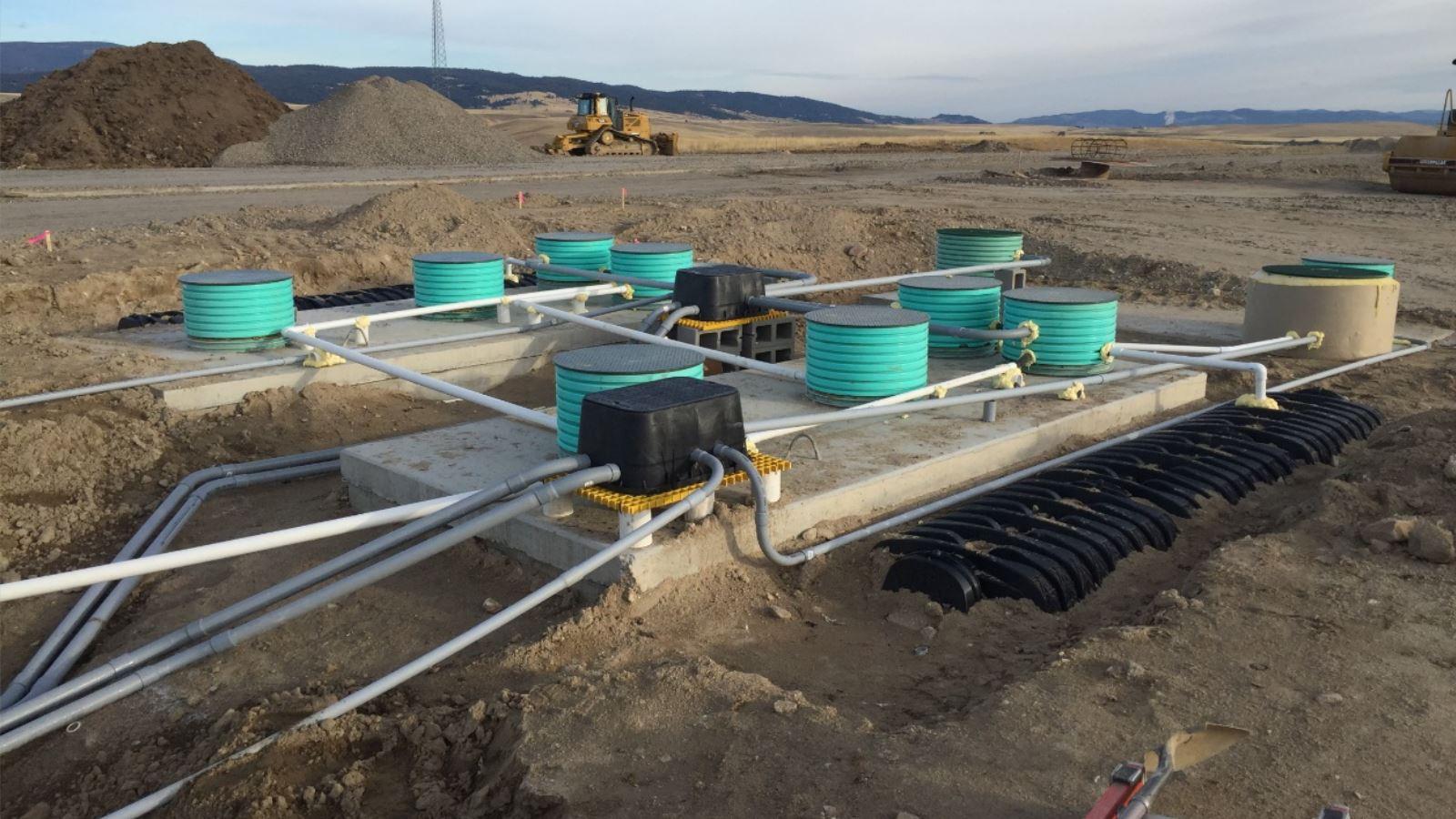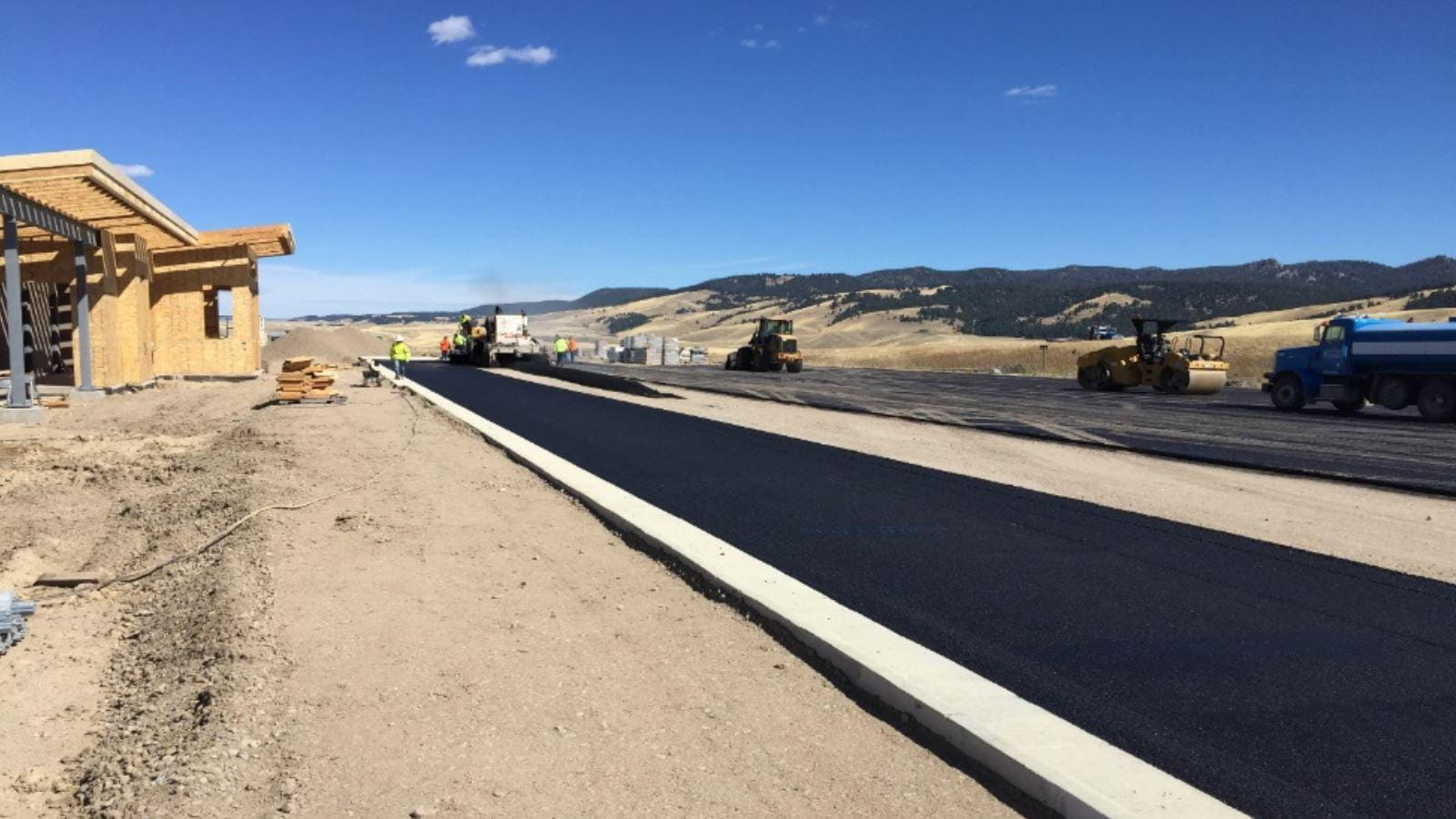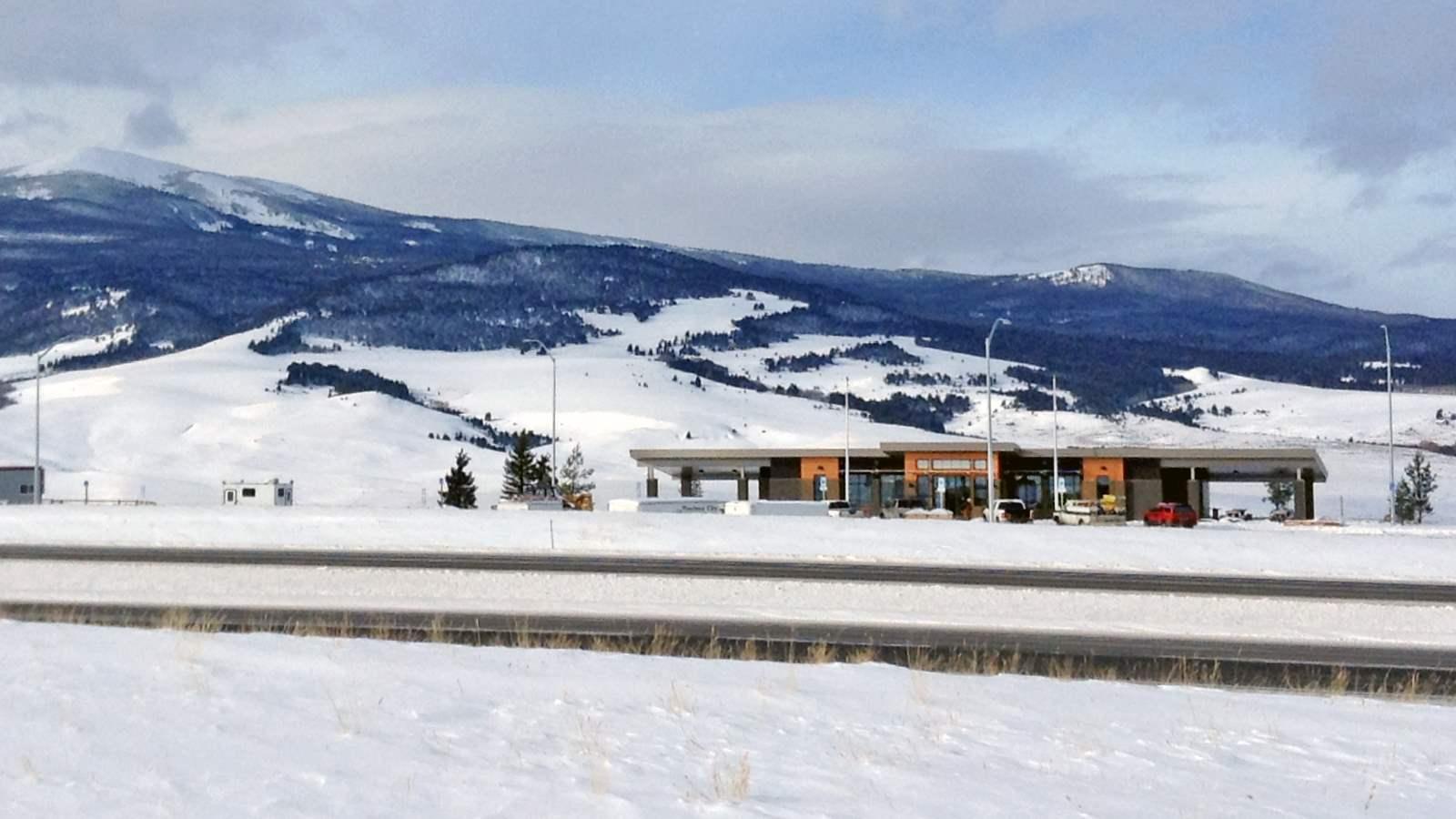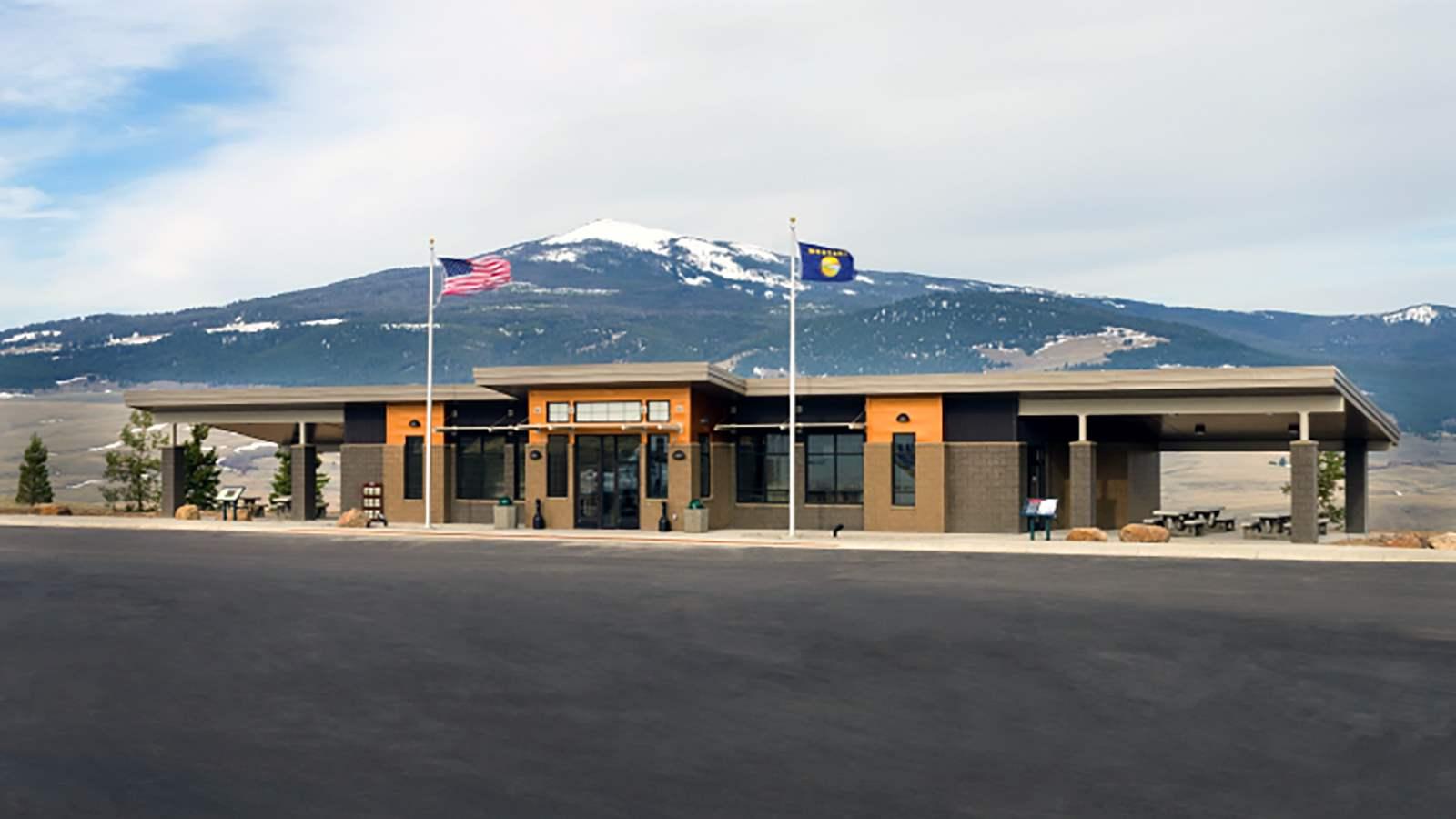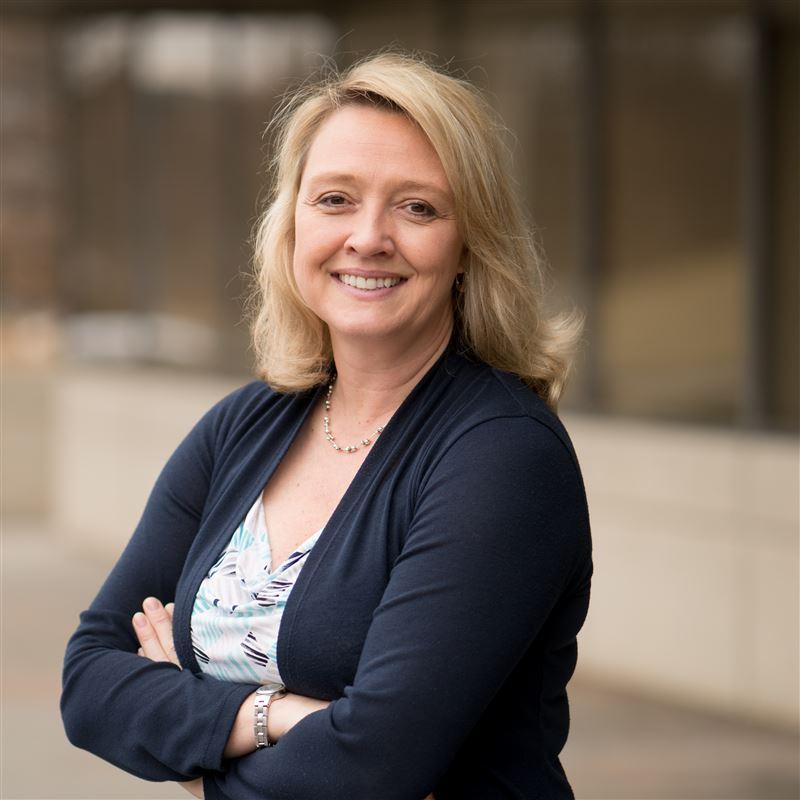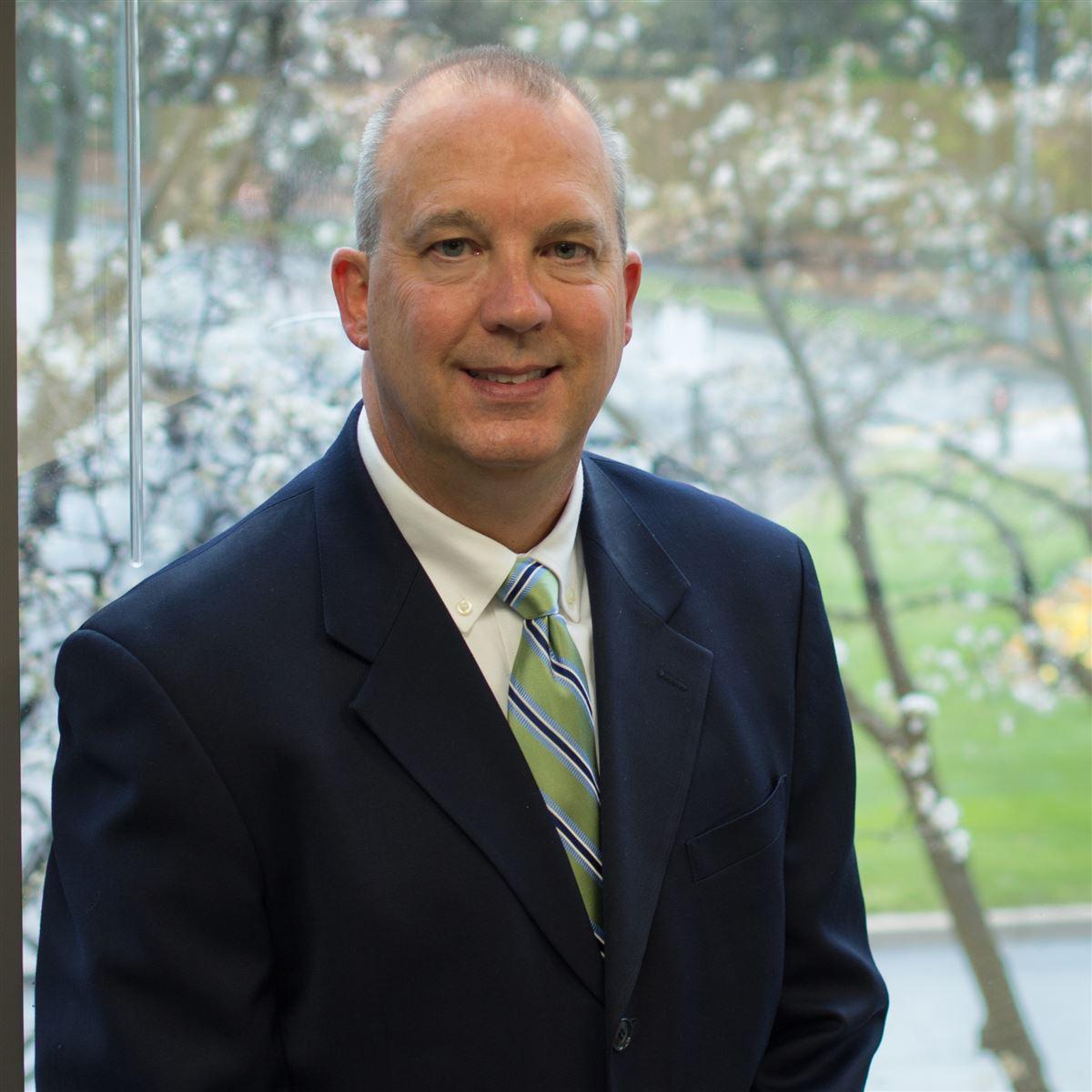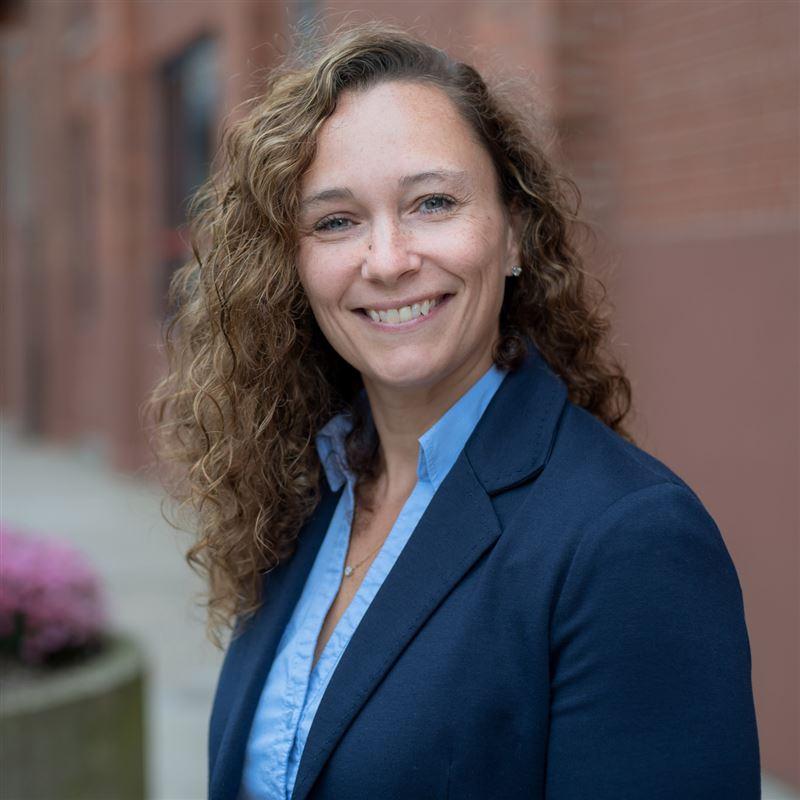Building Better Roadside Rest Areas in Montana
Rest areas are important fixtures along American highways. They offer drivers and their passengers a place to rest and refuel before returning to the road. In heavily populated states, options for stopping tend to appear frequently on interstate highways. In rural locations, however, the distance between rest areas tends to be greater. In a state like Montana—the nation’s fourth largest by land mass but 44th by population—it is critical, then, that these facilities are up to date to fully serve the needs of travelers.
Three of Montana’s rest areas—the Divide Rest Area on Interstate 15, Columbus Rest Area on I-90 and Hysham Rest Area on I-94—were constructed in the 1970s. The Montana Department of Transportation (MDT) wanted to overhaul each to increase public safety, decrease maintenance costs and provide more aesthetically pleasing and functional break locations for drivers. To achieve those goals, MDT hired CDM Smith’s integrated design-build team to lead the effort.
CDM Smith and its team demonstrated the full value of an integrated design-build team.
Calling All Experts
Each rest area had an accelerated schedule of approximately 1 year. CDM Smith’s team began with the $5.19 million Divide Rest Area, continued with $6.9 million Columbus and finished with $7 million Hysham.
According to CDM Smith project manager Darrel Stordahl, diverse technical expertise was required to successfully deliver each facility: architectural, civil, geotechnical, structural, electrical, mechanical, environmental, water and wastewater, utilities, and traffic control and signage. “These projects were great,” he said, “because they let us combine a lot of what we do best as a company.”
The three projects had many similarities. CDM Smith’s transportation engineers expanded site parking lots significantly to account for both cars and trucks, while considering safety and functionality, snow removal activities and stormwater management. Each site included LED lighting of the parking areas, as well as two well-lit picnic shelters with tables, benches and space for pets.
The rest area buildings, which were designed by CDM Smith team member CWG Architects, were engineered to be safe, durable and cost effective, with safety features including Americans with Disabilities Act compliant private and family-style restrooms, spacious vestibules, adequate windows to increase natural lighting and three exits per building.
CDM Smith’s environmental engineers completed stormwater pollution prevention plans for the rest areas, applying erosion and sediment control management practices throughout construction to prevent sediments from leaving the construction sites.
Another important shared component was wastewater treatment. “At rest areas,” said Stordahl, “starting wastewater biological concentrations are much higher than what is treated in residential areas, where the addition of grey water from showers and washing machines dilute the wastewater concentrations.” Stordahl noted that because of their remoteness, Divide, Columbus and Hysham could not tie into city sewer systems. Adding to that fact, Montana has non-degradation laws that set strict discharge limits to protect against watershed pollution. To overcome these hurdles, CDM Smith’s team installed wastewater treatment systems underground at each location, including three 15,000-gallon tanks where waste is aerated and denitrified. “These systems are pushing the limits of the technologies,” said Stordahl, “removing 95 percent of the nitrogen to send water into the drain fields that will meet Montana’s stringent requirements.”
Addressing Unique Challenges
Though the facilities ultimately resembled each other, the team had to contend with certain site-specific constraints and requirements. For example, soil composition differed by location, requiring varying levels of earthwork design and exploration. At Columbus, subgrade soil characteristics encountered on the westbound side of I-90 did not match initial testing results, so CDM Smith’s team had to redesign the facility’s pavement structure to address the existing conditions.
Hysham’s remoteness created logistical challenges for the team. Because it is an hour away from the closest major city, it was vital to maintain the quality of materials, like concrete and asphalt, as they traveled to the site. To keep costs down, CDM Smith’s experts identified opportunities to reuse existing site materials.
Divide’s scope included construction of a MOVE (Mobile Officer Vehicle Enforcement) scale to allow MDT officers to weigh commercial trucks. CDM Smith’s design had to flexibly incorporate the portable scale without interfering with site parking plans, rest area buildings and other civil design components. The MOVE scale was dropped into a concrete approach pad, which MDT staff can easily hook into at any time via a mobile operations trailer that was fabricated as part of the project.
These projects were great, because they let us combine a lot of what we do best as a company.
Proving the Power of Design-Build
“CDM Smith has a strong design-build history,” said Stordahl, “but we had not served as the sole design-builder on a transportation project before.” MDT was in a similar situation; the department had completed design-build projects before, but with mixed engineering and construction teams delivering the work.
Bringing its integrated team to bear, CDM Smith amped up its collaborative efforts. Understanding that MDT builds roads and bridges for a living, it was important for the CDM Smith team to communicate clearly about parts of the project that are not as common for them, like the wastewater systems, and to maintain a high level of teamwork throughout.
“CDM Smith and its team demonstrated the full value of an integrated design-build team,” said Jake Goettle, Bureau Chief of MDT’s engineering construction contracting bureau. “The teamwork was so valuable that MDT has made the team integration/project kickoff meeting, first performed on one of these projects, mandatory for all future design-build contracts.”
The focused collaboration took each rest area from permitting to design to construction within a year—an accomplishment that did not escape the team. “Each rest area is slightly different, and you want to keep build costs low while still providing the best alternative,” said CDM Smith’s design project manager Shaheen Siddiqui, PE, P.Eng. “It was great to see it all come together three times in a row and the little improvements we added to each rest area.” “It’s rewarding to watch your design concepts come to life in just a few short months,” stated CDM Smith transportation engineer Jake Gunther, PE. “Having that flexibility to make improvements during construction helps us provide our client and the public with a great finished product.”
“Typical transportation designs can sometimes stretch 3 to 4 years and then you’re not involved during construction,” said Stordahl. “With design-build, you see the results of your work very quickly. In the end, MDT was happy from cost, schedule and quality standpoints. You can’t beat that.”
“These three rest area projects were awarded to CDM Smith on a best value process and they delivered,” said MDT’s Goettle. “Travelers now have safe, clean, appealing rest areas to take a break. MDT now has new low maintenance facilities, well-built with innovative state-of-the-art systems that will be in place for many years to come and serve our customers very well.”
Tapping Technical Experts from across the Company
Because the rest areas are in remote parts of Montana and could not connect to city sewers, onsite wastewater treatment was necessary. Though these were transportation projects, CDM Smith was able to leverage its strong water expertise to design treatment systems that helped MDT meet stringent state requirements.


